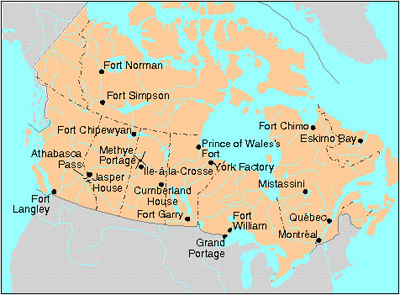Article
Coquihalla Highway
The Coquihalla follows the old cattle trails in BC (Corel Professional Photos). Coquihalla Highway is the largest of 4 routes connecting the Vancouver area with interior centres. Built to enhance regional tourism and to lighten traffic on the busy trucking routes, the 303 km, 4-lane highway has 3 segments. The 115 km section between Hope and Merritt follows earlier cattle trails (1876), the Kettle Valley Railway (1913-59) and oil and gas industry pipelines (begun 1958)...










